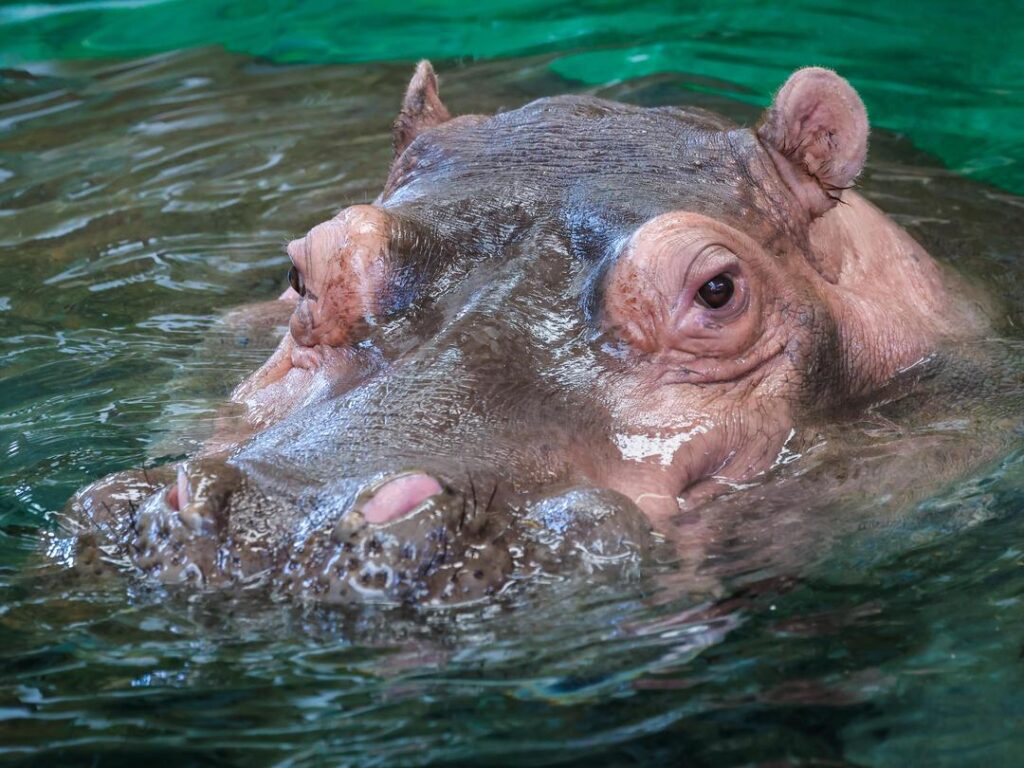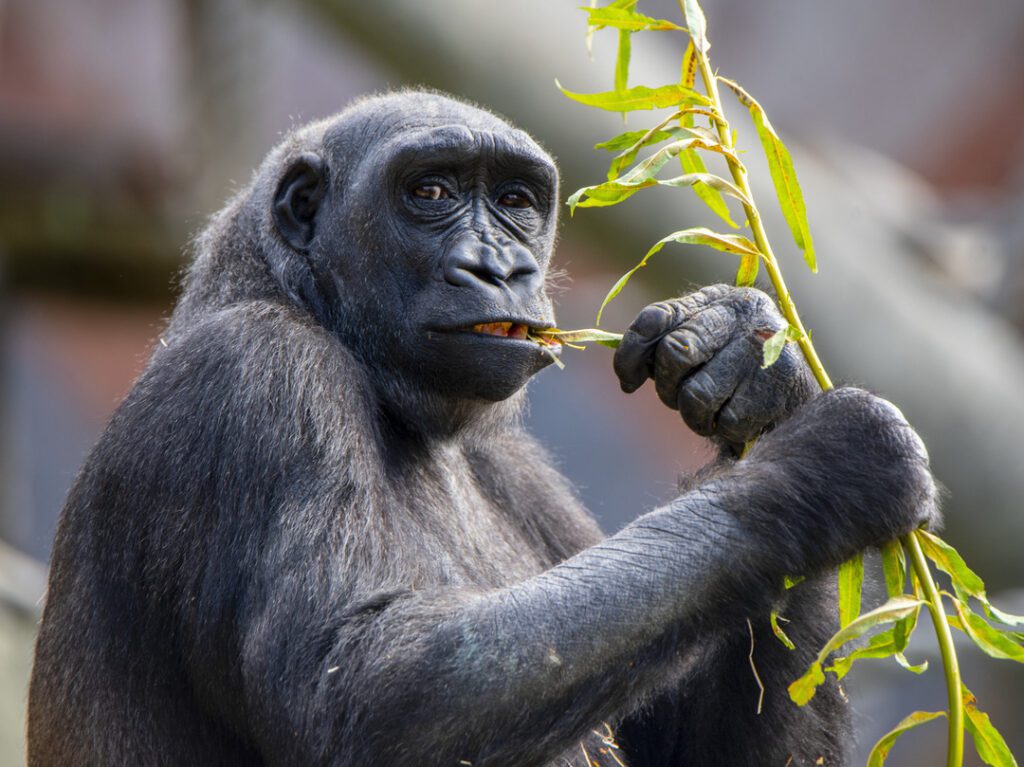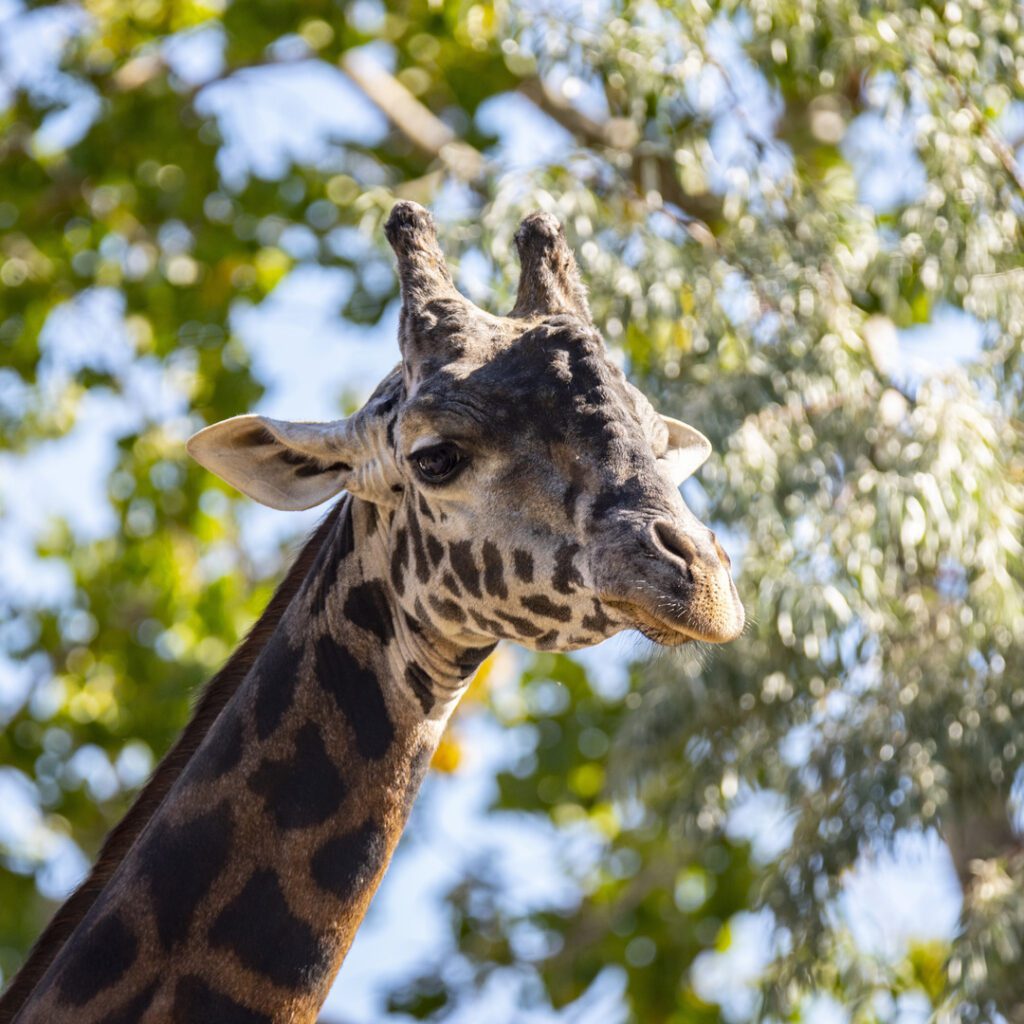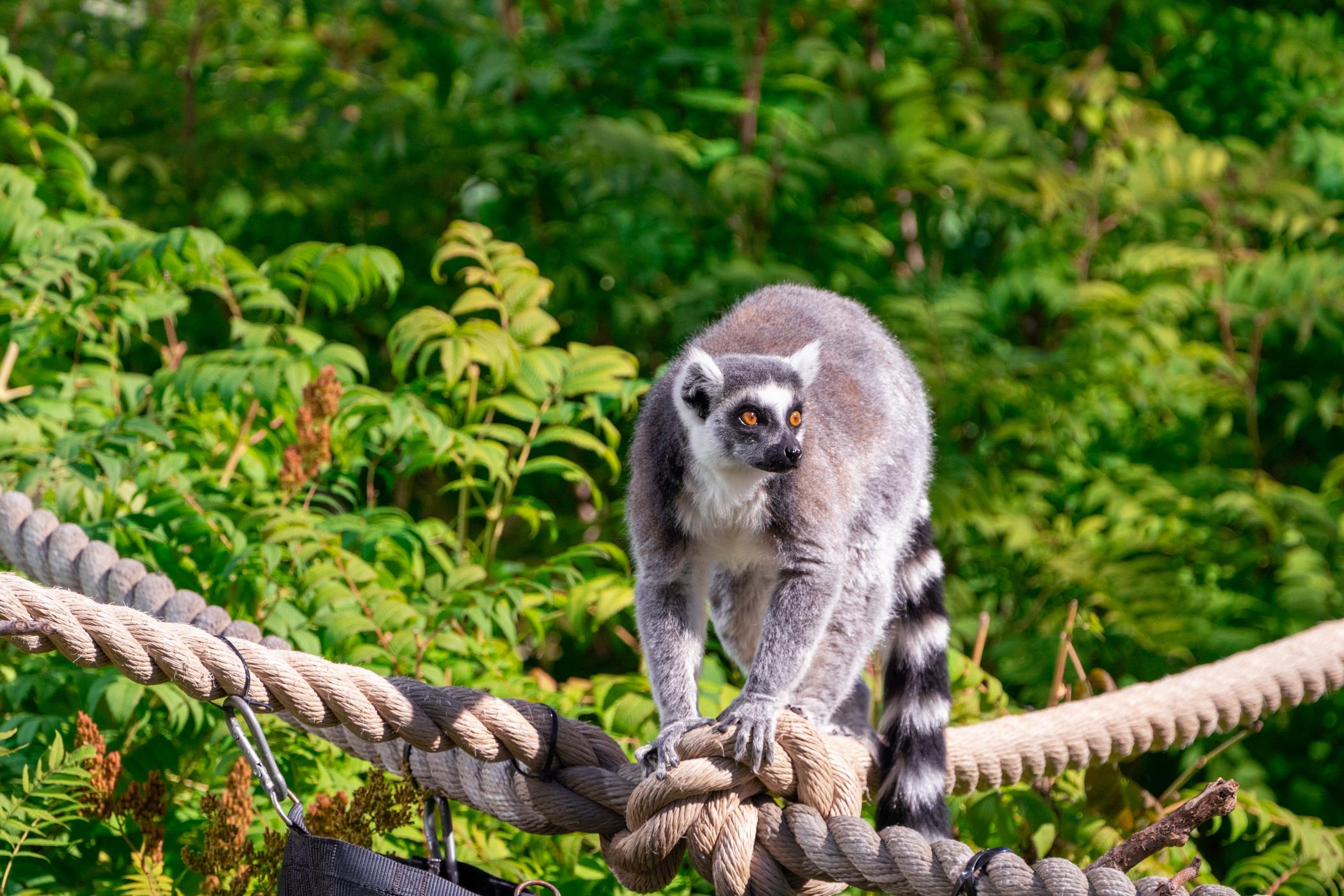
Lemurs
Expert tree climbers who pollinate the forest
Known for their nimble hands and feet, lemurs move through the forest quickly. Lemurs use their long tails for balance only, unlike some of their primate cousins who will hang from their tails. As pollinators, lemurs use their hands to access a flower’s nectar, and they move pollen around the forest when it sticks to their fur. Highly social creatures, lemurs are known for their vocal communication.
- IUCN Red List Status: Vulnerable (at high risk of extinction in the wild) to Critically Endangered (at extremely high risk of extinction in the wild)
- Type: Mammal
- Habitat: Forests of Madagascar
- Diet: Mostly herbivore – fruits, leaves, and flowers, with some species being omnivores who eat insects, bird eggs, and mice
- Size: Head and bodies between 17.75 inches (ring-tailed lemur) and 22 inches (red-fronted and black-and-white ruffed lemurs)
- Weight: Ranging between 4 to 8.5 pounds (red-fronted lemur) and 6.6 to 10 pounds (black-and-white ruffed lemur)
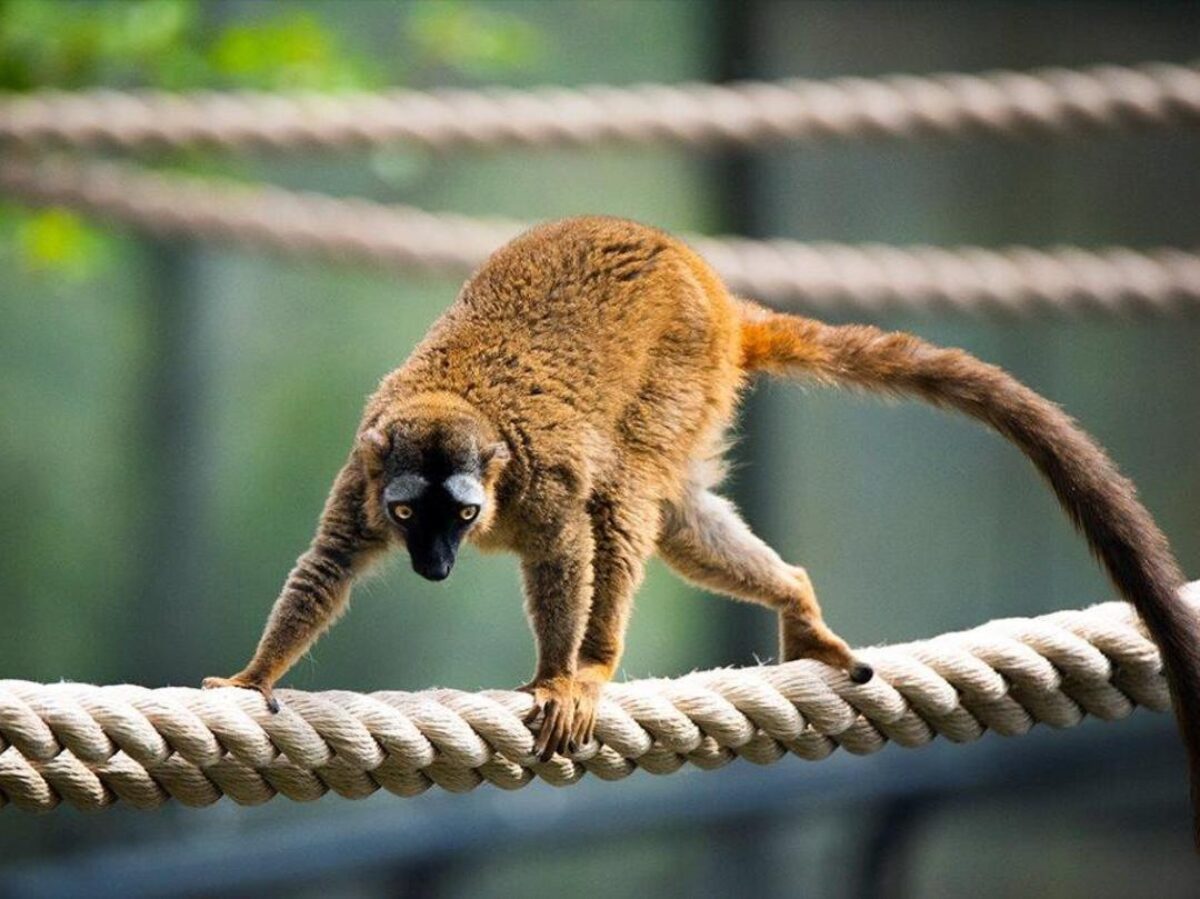
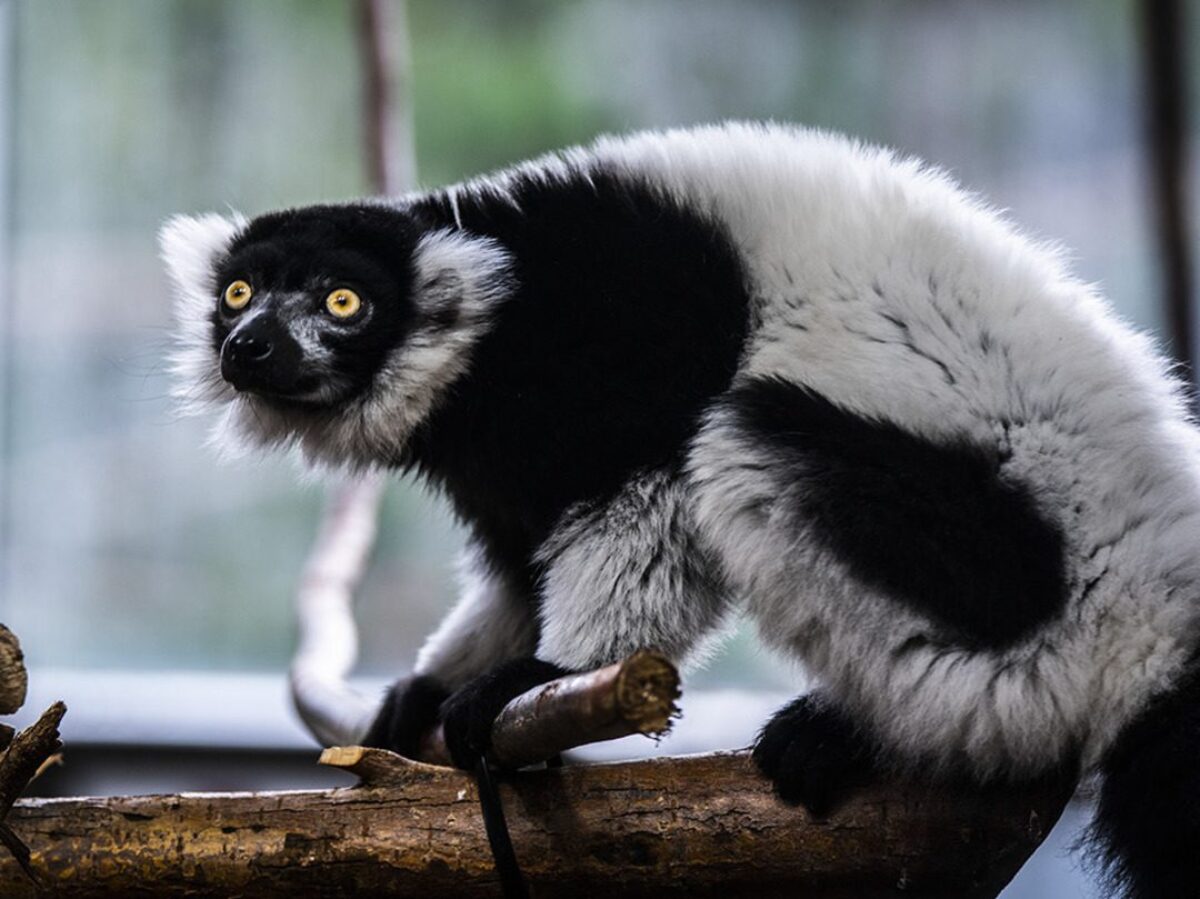
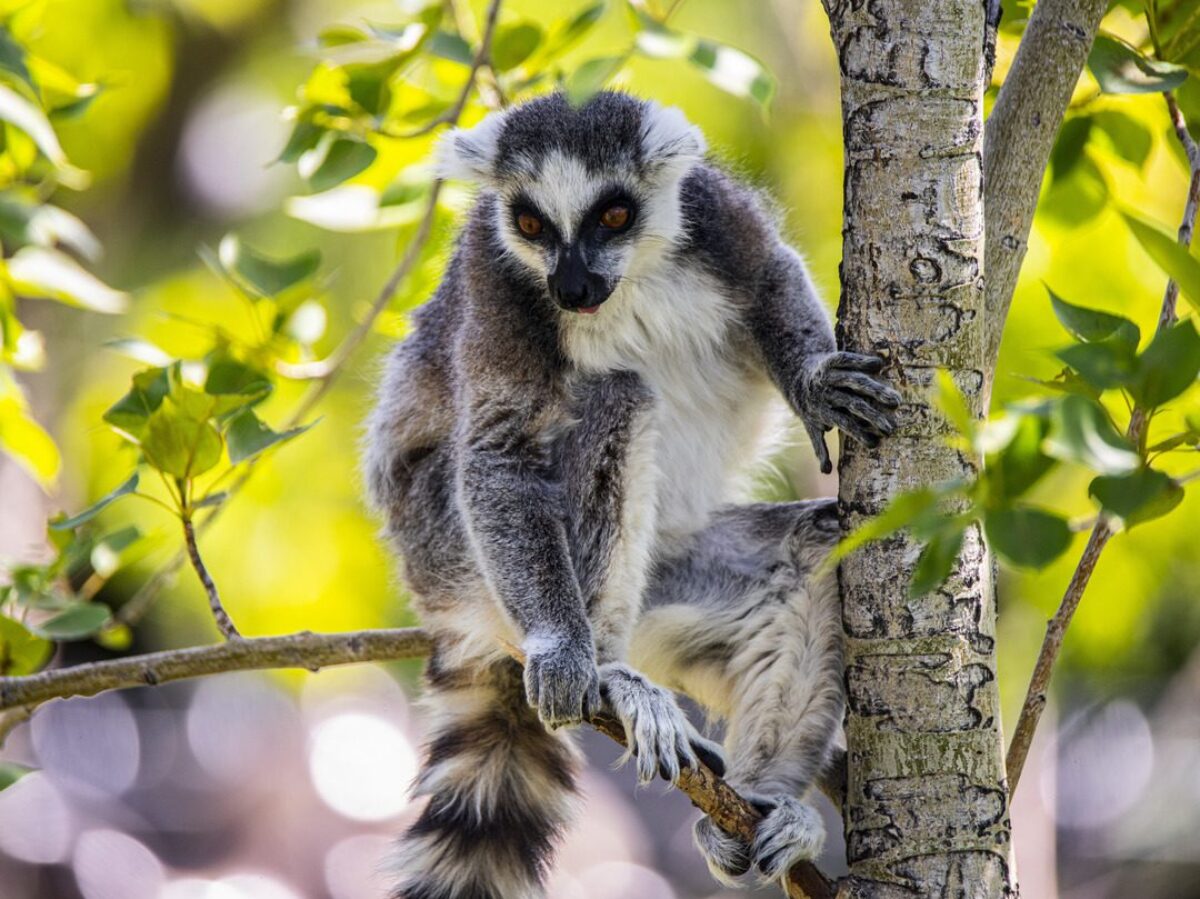
facts about our animals
Fun Facts about Lemurs
Lemurs have olfactory glands used for communicating and marking territory.
A lemur’s tail is longer than its body.
Ring-tailed lemurs always have 13 alternating black and white rings on their tails.
Red-fronted lemurs have colouration that varies depending on their sex.
Black-and-white ruffed lemurs are the world’s largest pollinators.
Some lemur groups are led by females.
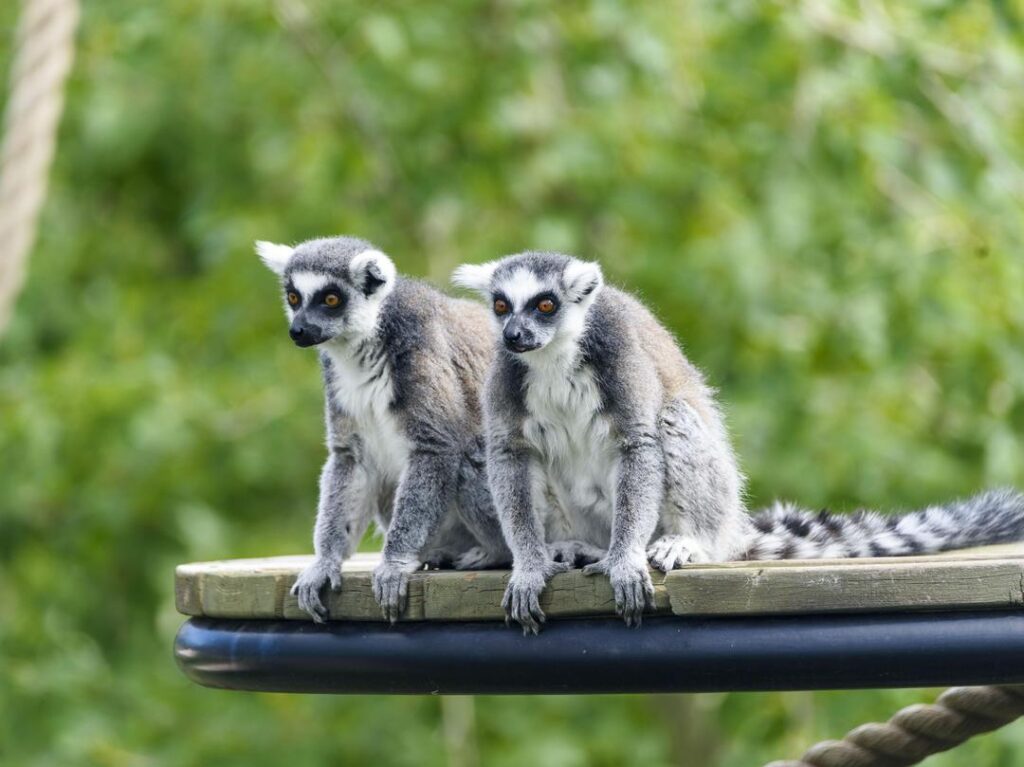
Donate
How you can help
Your donation makes a world of difference. With support for animal care, conservation programs, and education, you’re making the world wilder.
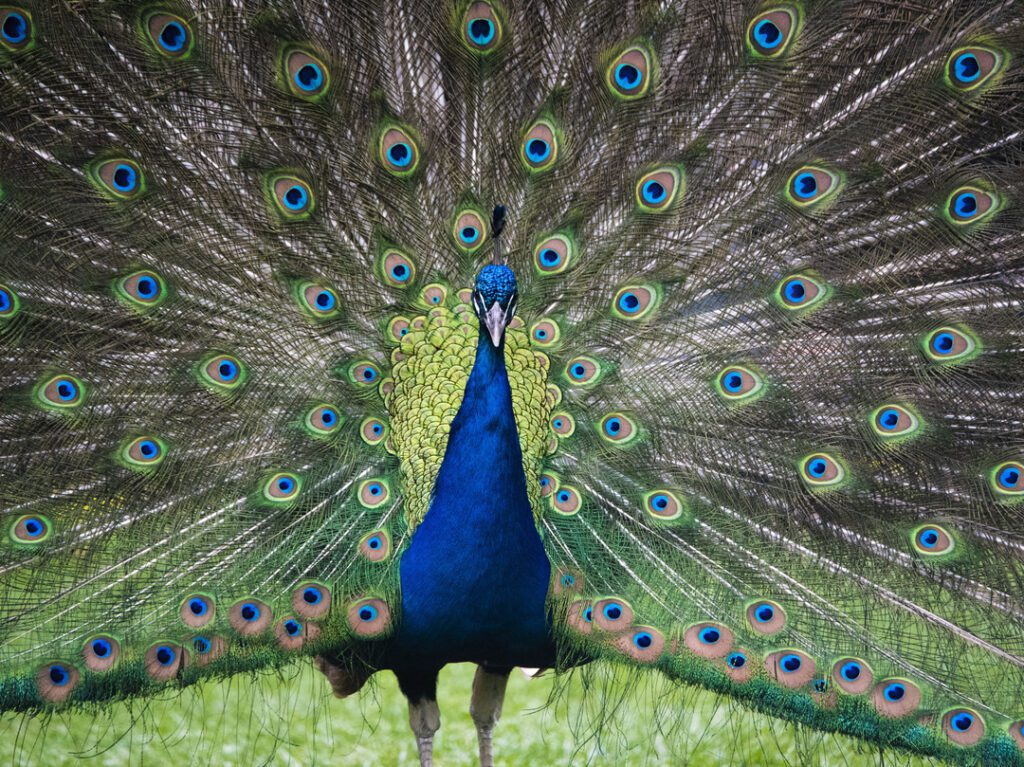
Plan your visit
Get close to wildlife
It’s time to make some memories. Here’s everything you need to know to plan an unforgettable day at the zoo.
